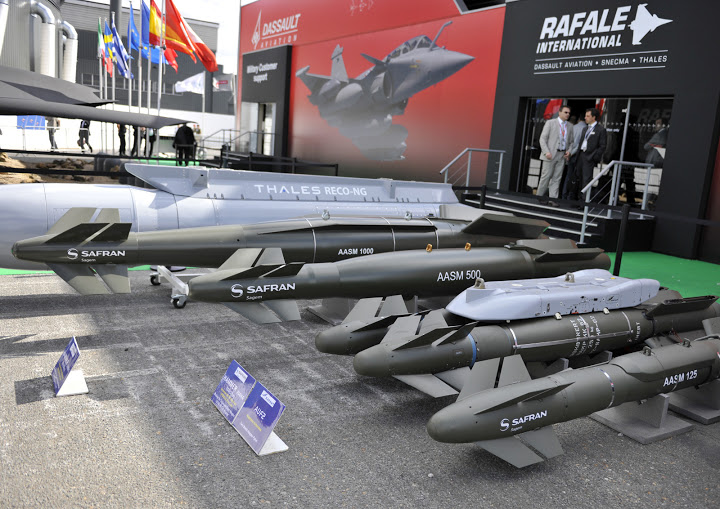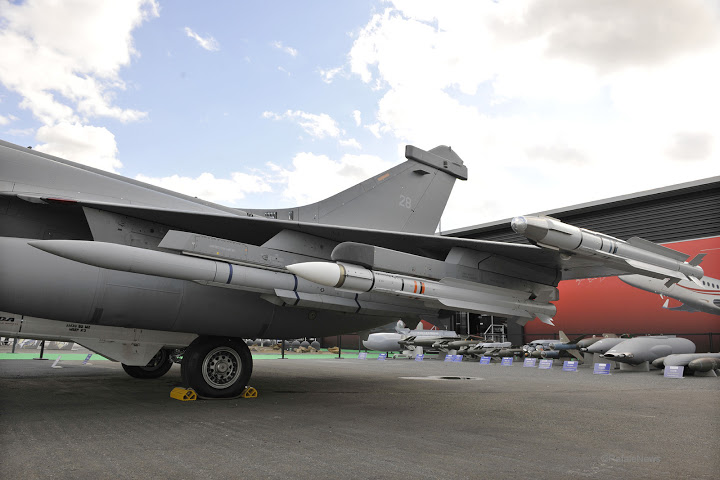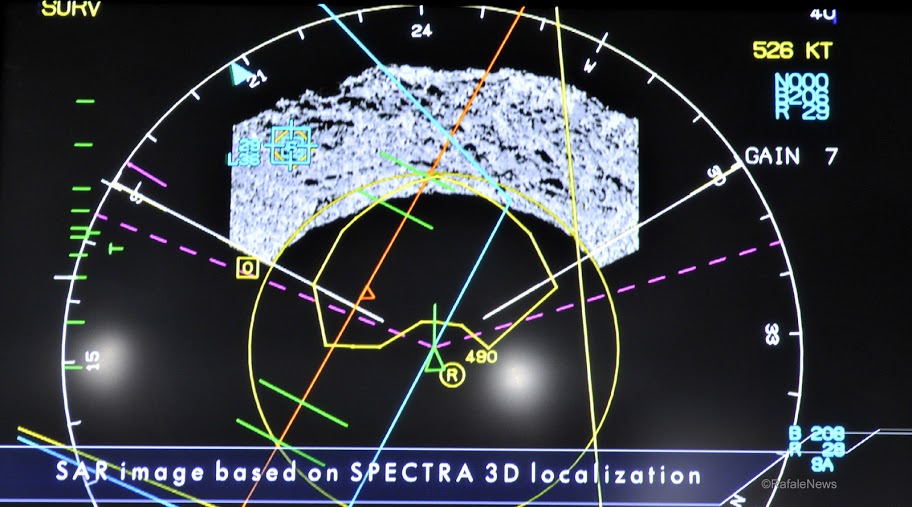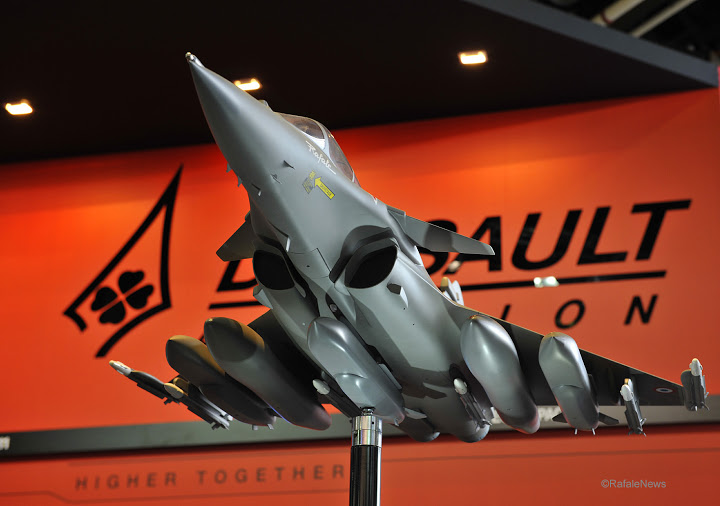Type
High speed land-attack cruise missile, nuclear.
Development
The ASMP (Air-Sol Moyenne Portée- medium-range air-to-surface) missile programme commenced in 1976 with a competition between a turbojet-powered missile proposed by Matra and a ramjet solution proposed by Aerospatiale. The Aerospatiale (later Aerospatiale Matra, now MBDA) supersonic ramjet proposal was selected and full-scale development started in 1978. The air-to-surface missile was designed to replace the AN-22 nuclear bomb carried by the Mirage IV, to give more credible penetration to heavily defended targets. Originally designed for carriage on the Mirage 2000N, the ASMP was also cleared for the Mirage IVP and Super Etendard aircraft. An improved version of ASMP was proposed in 1987 by France for future joint development with the UK, as a tactical nuclear Air-to-Surface Missile (ASM), but the UK cancelled its requirement in 1993. Aerospatiale conducted feasibility studies in 1991/1992 for a new missile, the ASLP/ASN (Air-Sol Longue Portée/Air-Sol Nucléaire), with a range reported to be between 800 and 1,200 km. In 1993, a conventional warhead version of the ASMP was proposed, known as the ASMP-C (and later Asura), with supersonic cruise and a range increased to 400 km. Additionally in 1993, a passive anti-radar seeker variant, known as the ASMP-R, was proposed for use against Airborne Early Warning (AEW) aircraft as a long-range Air-to-Air Missile (AAM). This would have carried a HE warhead of about 200 kg to a range of 250 km.ASMP-A: In February 1996, the French government announced that the ASLP/ASN programme would not proceed, but that a new missile known as the ASMP




























